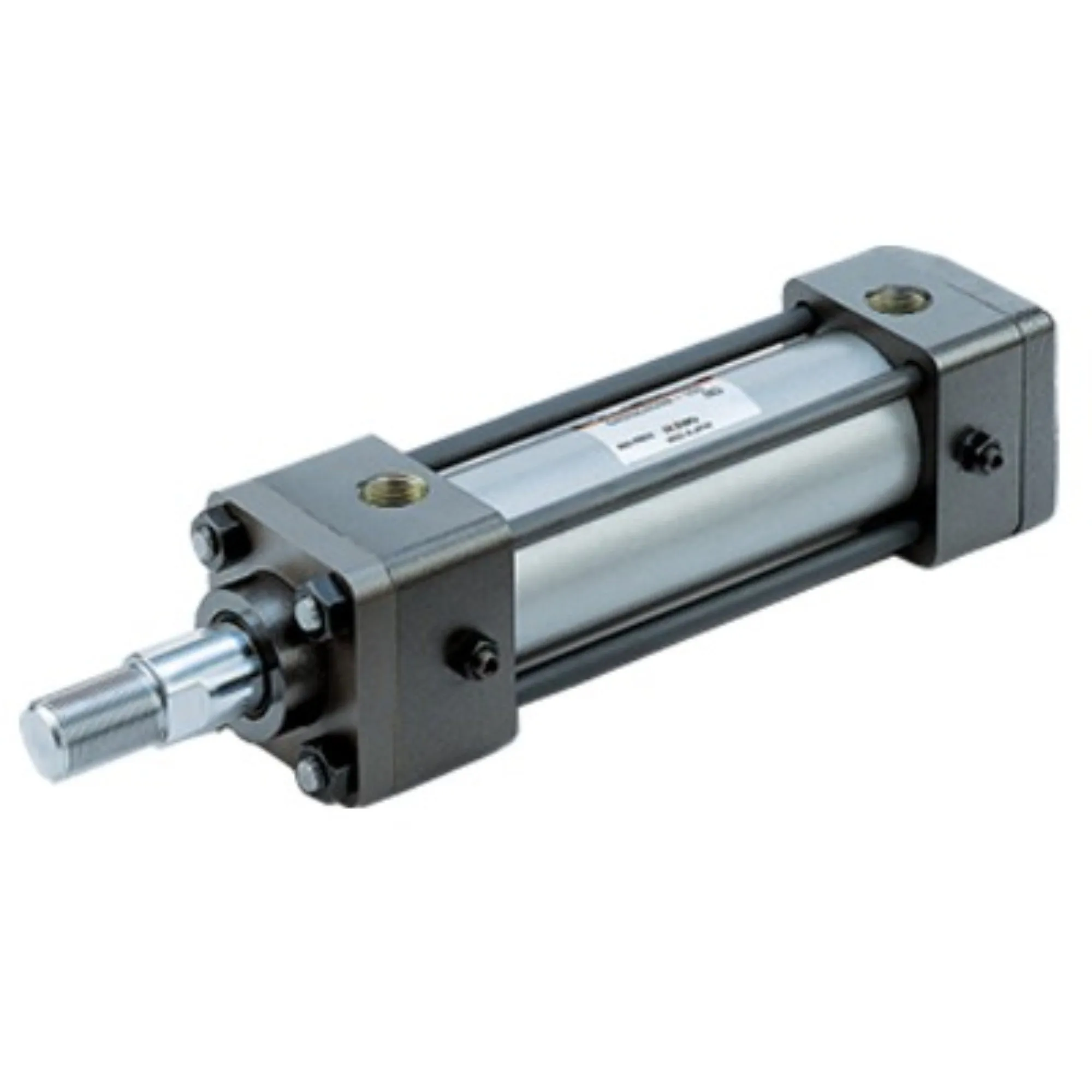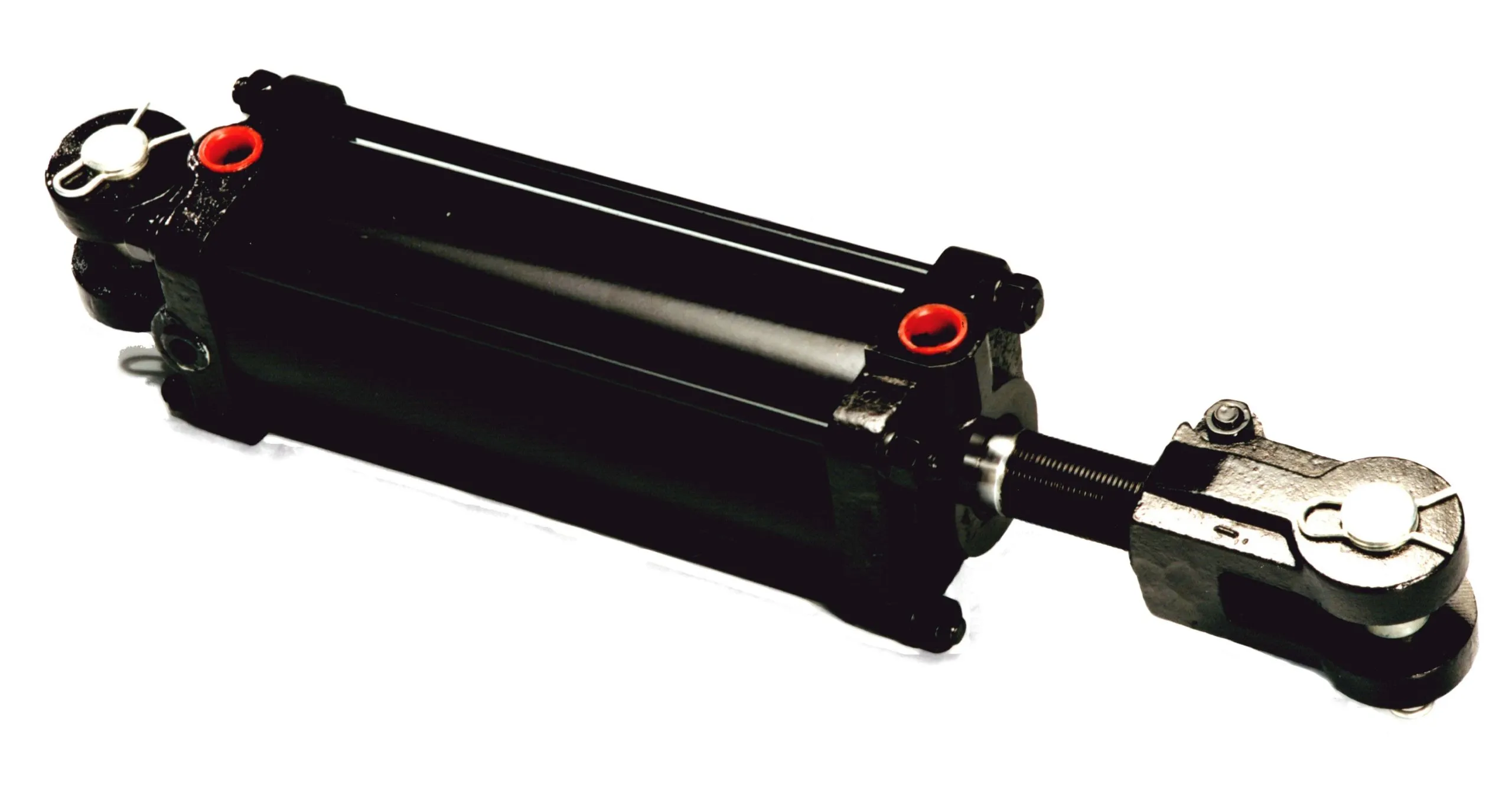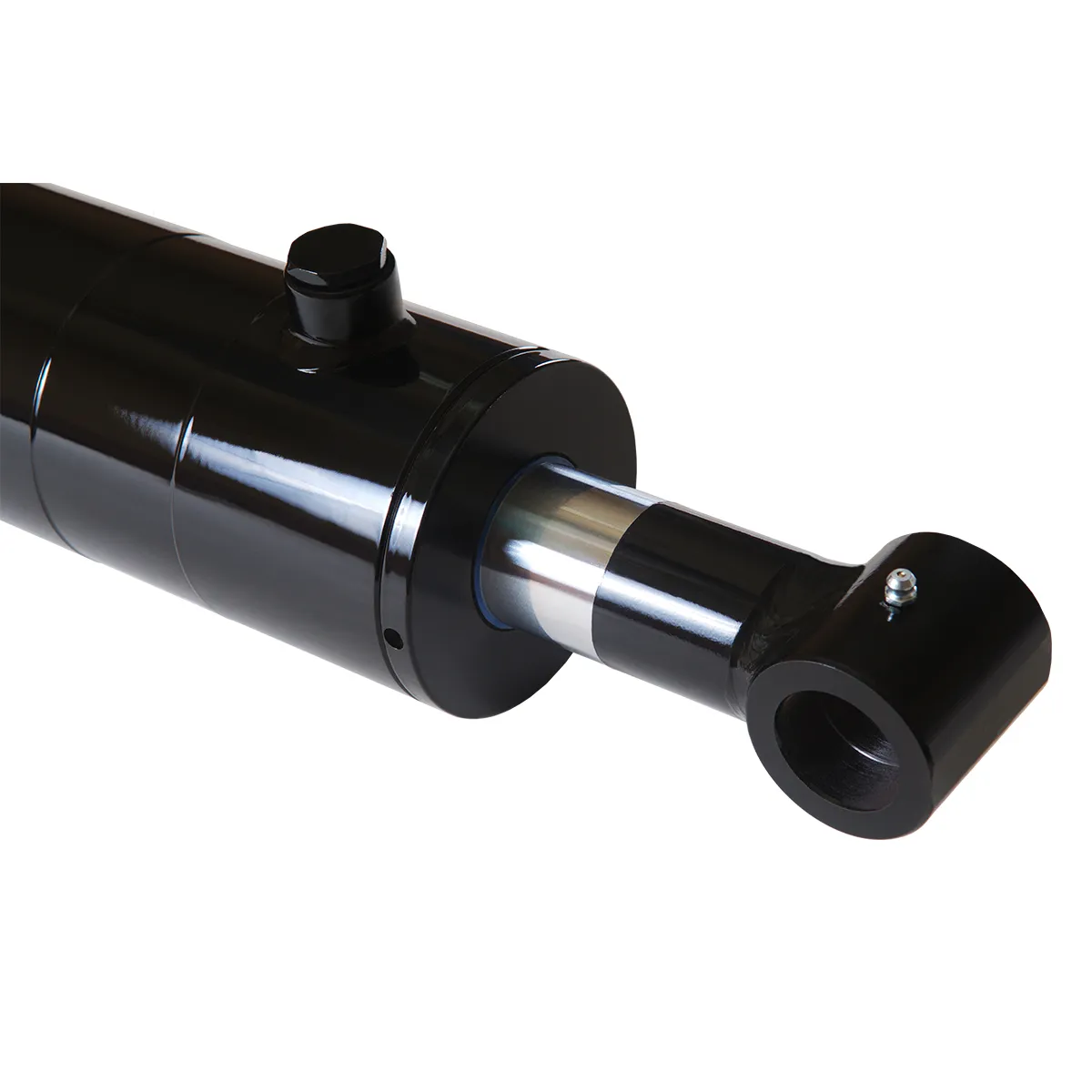Unlocking the Potential: A Comprehensive Guide to Locking Single-Acting Hydraulic Cylinders for Bridge Construction
Introduction to Locking Single-Acting Hydraulic Cylinder
When it comes to the world of hydraulics, the term “locking single-acting hydraulic cylinder” may sound like a mouthful, but its functionality is crucial in various industries, particularly in the construction of bridges. These cylinders work under hydraulic pressure in one direction and have a locking function to prevent movement in the absence of pressure.
Design and Construction Characteristics
Locking Mechanism – Safety
The main feature of the locking single-acting hydraulic cylinder is its locking mechanism, which ensures the piston remains in a safe position even when hydraulic pressure is lost, preventing accidental retractions. This mechanism can be mechanical or hydraulic, custom-designed to suit specific applications.
Variety
The design of the locking mechanism can be tailored with spring-loaded devices, pin locks, or other forms of mechanical locks, making it versatile and adaptable to different needs.
Compact Structure – Space Optimization
Locking single-acting hydraulic cylinders are known for their compact design, making them ideal for use in confined spaces where efficiency is key.
Precision Manufacturing – High-Precision Machining
Strict quality control measures are implemented during the manufacturing process to ensure precision machining of components, resulting in optimal fit and sealing performance.
Assembly Process
Professional technicians handle the assembly process with meticulous care to guarantee correct installation and calibration of individual components. A pressure test is conducted post-assembly to confirm performance and tightness.
Working Principle

The locking single-acting hydraulic cylinder operates through a single-acting mechanism that extends the cylinder using hydraulic pressure. The locking function, whether mechanical or hydraulic, prevents the piston from retracting under load, ensuring safety even in the absence of pressure.
Types of Locking Single-Acting Hydraulic Cylinders
There are three primary types of locking single-acting hydraulic cylinders, each with unique configurations catering to specific requirements.
Type 1: Spring-Loaded Locking Devices
This type utilizes spring-loaded mechanisms for locking and safety measures.
Type 2: Pin Locks
Pin locks provide a secure locking mechanism suitable for various applications.
Type 3: Hydraulic Locking

Hydraulic locks maintain pressure in specific chambers to prevent retracting, ensuring stability under varying conditions.

Benefits of Locking Single-Acting Hydraulic Cylinders
Enhanced Security
The locking feature significantly reduces the risk of accidental retractions, enhancing operator safety.
Reliability
Designed to operate effectively under high loads and environmental conditions, ensuring consistent performance.
Simplicity
Easy to operate and maintain, making it a user-friendly choice for diverse applications.
Application Scenarios
Construction Equipment
Commonly used in cranes, hoists, and lifts where heavy objects need to be securely fixed in place.
Manufacturing
Utilized in presses where materials are formed under high pressure and require stabilization during processing.

Transportation
Stabilizers and jacks in vehicles ensure safety during maintenance or transportation tasks.
Design Considerations and Selection Criteria
When choosing a locking single-acting hydraulic cylinder, factors such as bearing capacity, sealing, durability, safety, and maintainability should be carefully considered to ensure optimal performance.
Sealing and Lubrication
Proper sealing with materials like polyurethane and nitrile rubber, along with regular lubrication using hydraulic oil, is essential to maintain the efficiency and longevity of the hydraulic cylinder.
Regular Inspection and Preventive Maintenance
Implementing regular inspection routines and preventive maintenance measures can help identify potential issues early on and ensure the continued functionality of the hydraulic cylinder.
Correct Installation Guide
Follow the correct installation procedures to ensure the locking single-acting hydraulic cylinder operates smoothly and efficiently.
Maintenance Tasks
Perform regular inspections, maintain proper lubrication, and replace seals as needed to prevent potential malfunctions and extend the lifespan of the hydraulic cylinder.
Safety Considerations and Environmental Factors
Adhering to safety protocols and considering environmental factors are crucial when working with locking single-acting hydraulic cylinders to ensure safe operations.
Fault Diagnosis and Common Problems
Understanding common issues and troubleshooting methods can help in diagnosing and resolving problems efficiently, improving the overall performance of the hydraulic cylinder.
Unit Power
The unit power of a locking single-acting hydraulic cylinder is influenced by factors such as cylinder diameter, stroke, operating pressure, piston speed, and load conditions, all of which impact the efficiency and output power.
Optimizing Power Unit
Optimizing the power unit can lead to improved efficiency, energy savings, enhanced reliability, and overall better performance of the hydraulic system.
FAQ
How does the locking mechanism in a single-acting hydraulic cylinder work?
The locking mechanism in a single-acting hydraulic cylinder prevents the piston from retracting under load, ensuring stability even when hydraulic pressure is lost.
What advantages do locking single-acting hydraulic cylinders offer over standard single-acting cylinders?
Locking single-acting hydraulic cylinders provide enhanced security, reliability, and simplicity, making them ideal for various applications.
In what applications are locking single-acting hydraulic cylinders commonly used?
Locking single-acting hydraulic cylinders are commonly employed in construction equipment, manufacturing, transportation, and aviation for their stability and safety features.
Long-Tail Keywords
1. Locking Single-Acting Hydraulic Cylinder Maintenance Guide
2. Importance of Sealing and Lubrication in Hydraulic Cylinders
3. Enhancing Safety with Locking Single-Acting Hydraulic Cylinders
Company Overview
We are a leading hydraulic cylinder replacement manufacturer, offering a comprehensive product line and customized services to meet the diverse needs of our customers. With a focus on quality, reliability, and customer satisfaction, we have established ourselves as a trusted partner in the domestic and international markets.
Author: lyl
